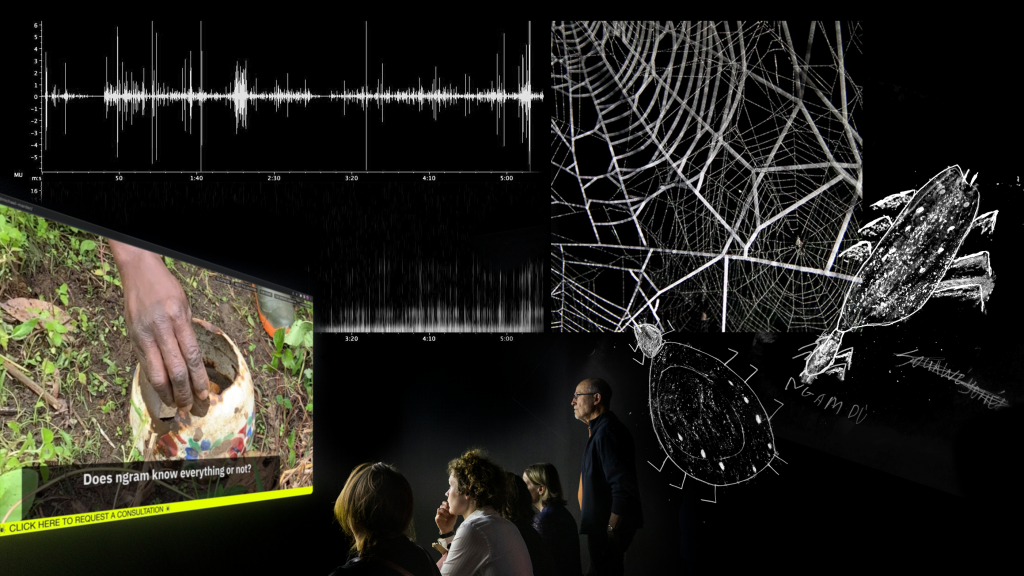

...


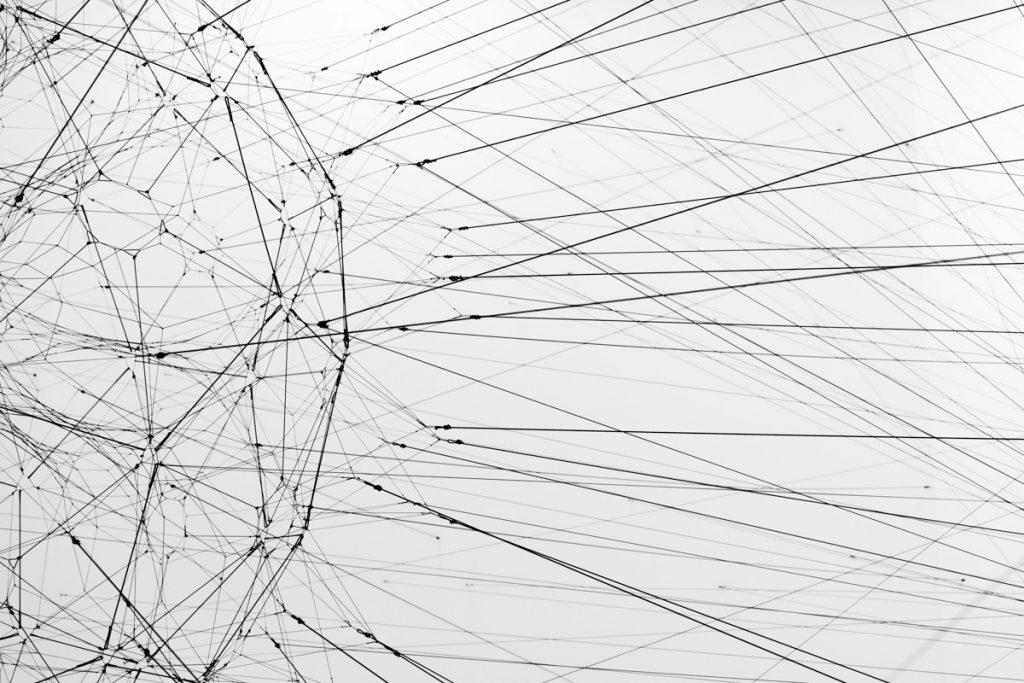




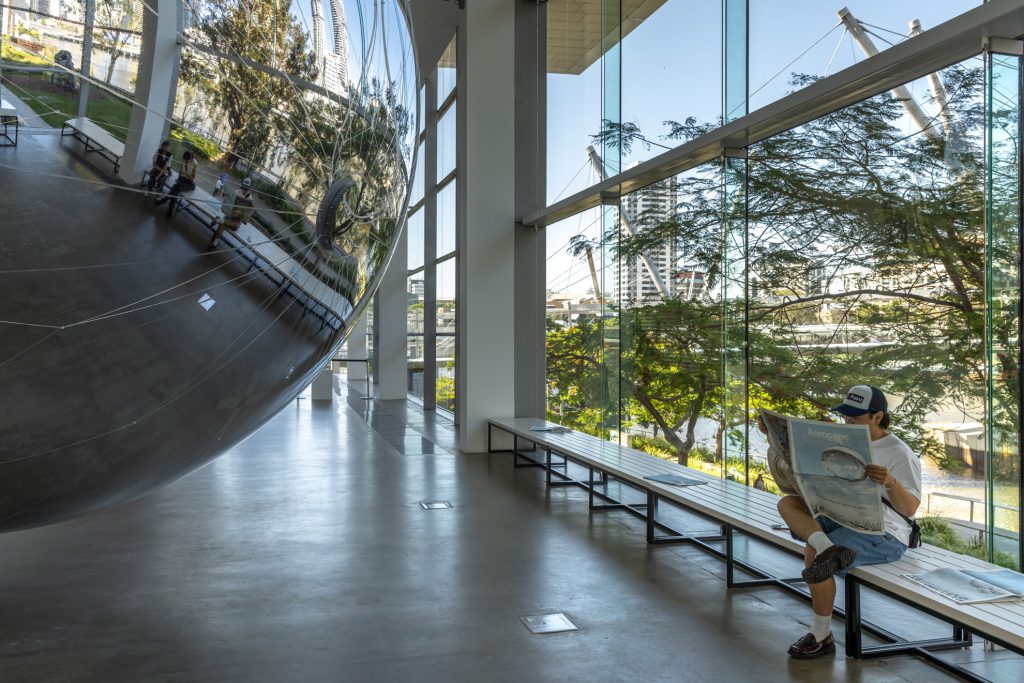
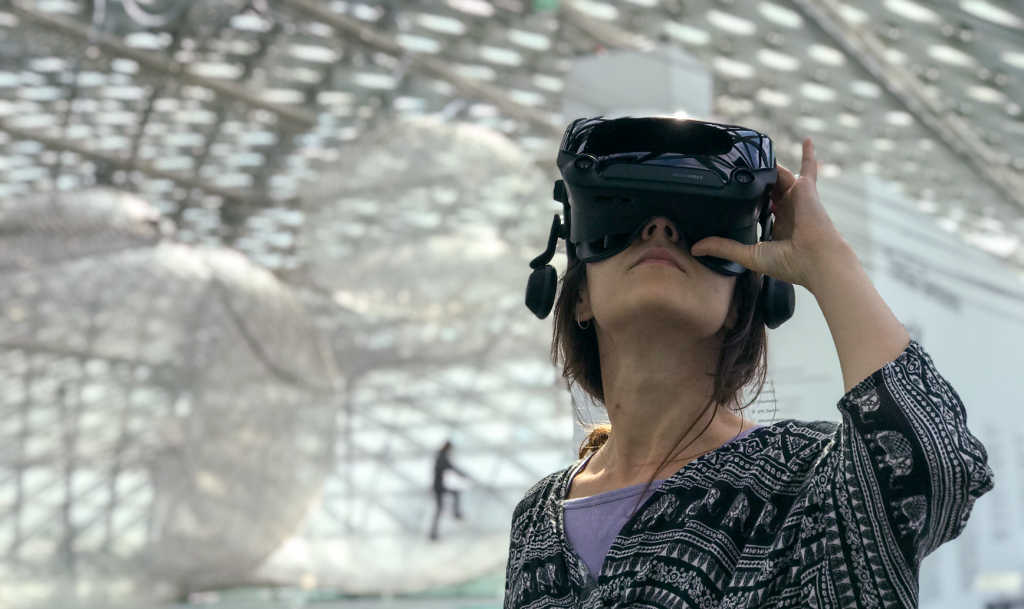

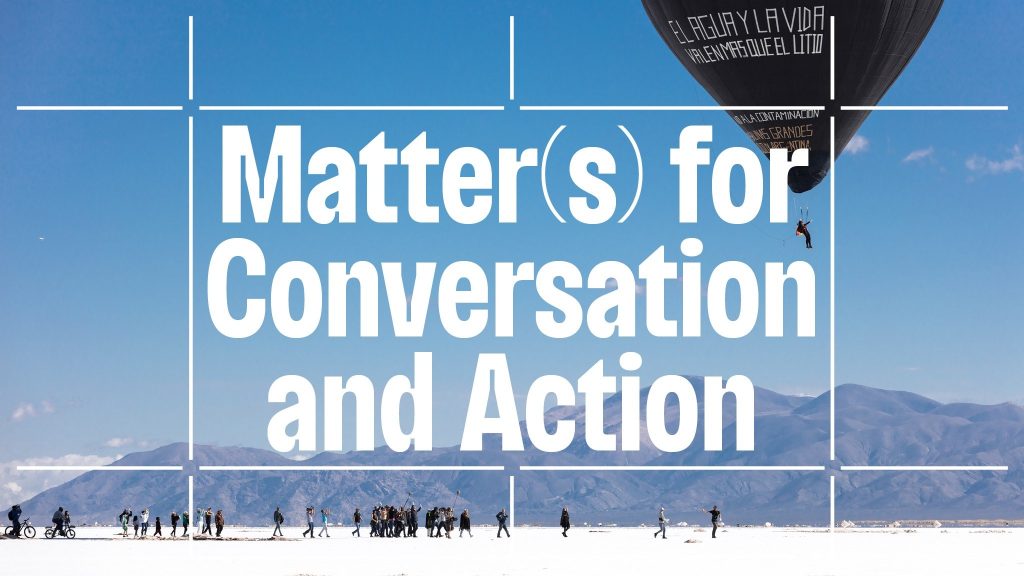
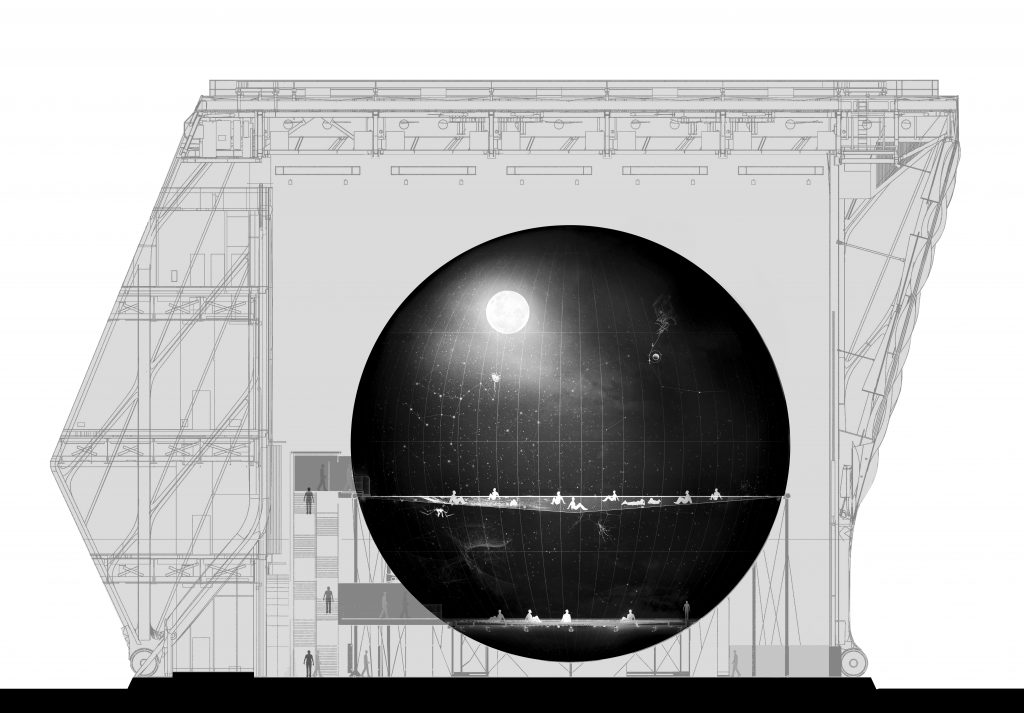




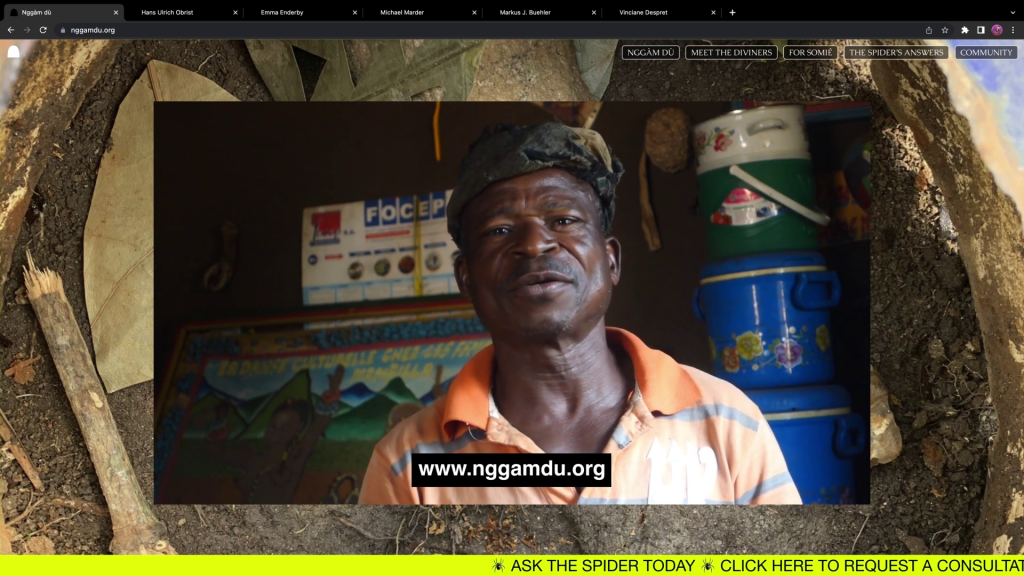
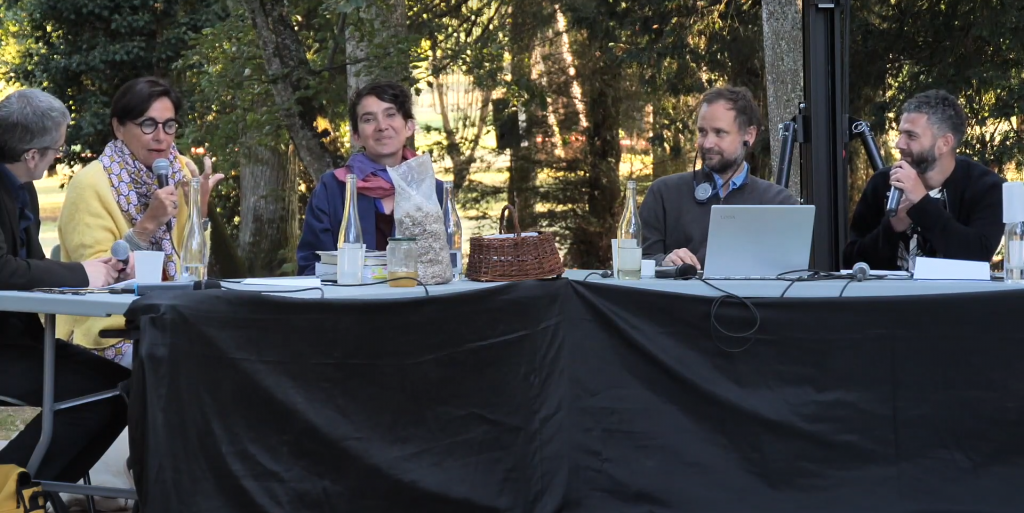



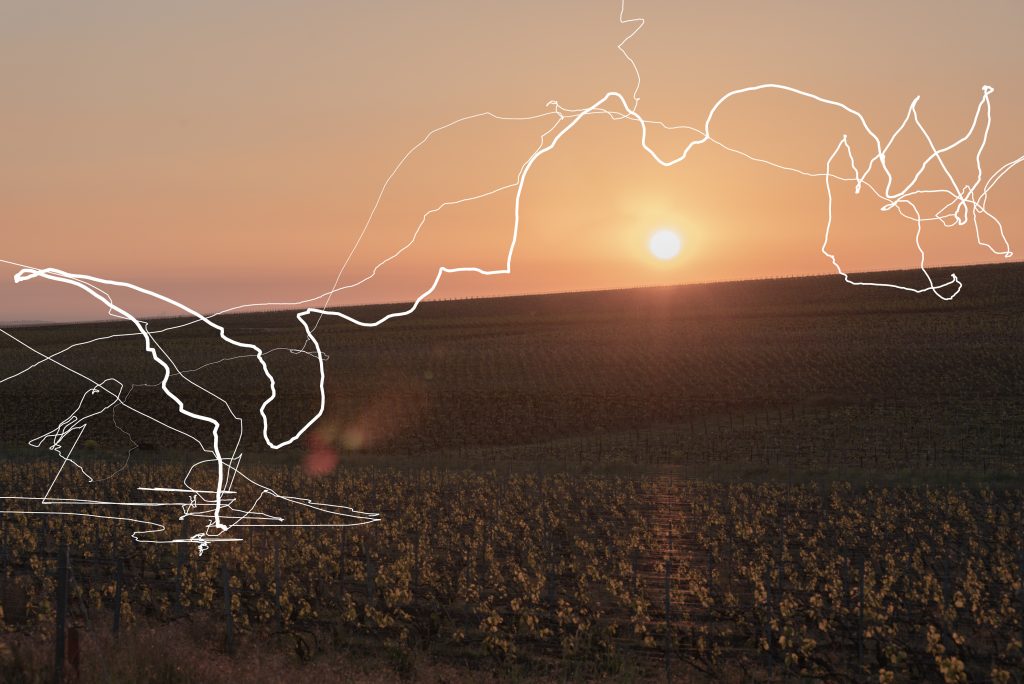

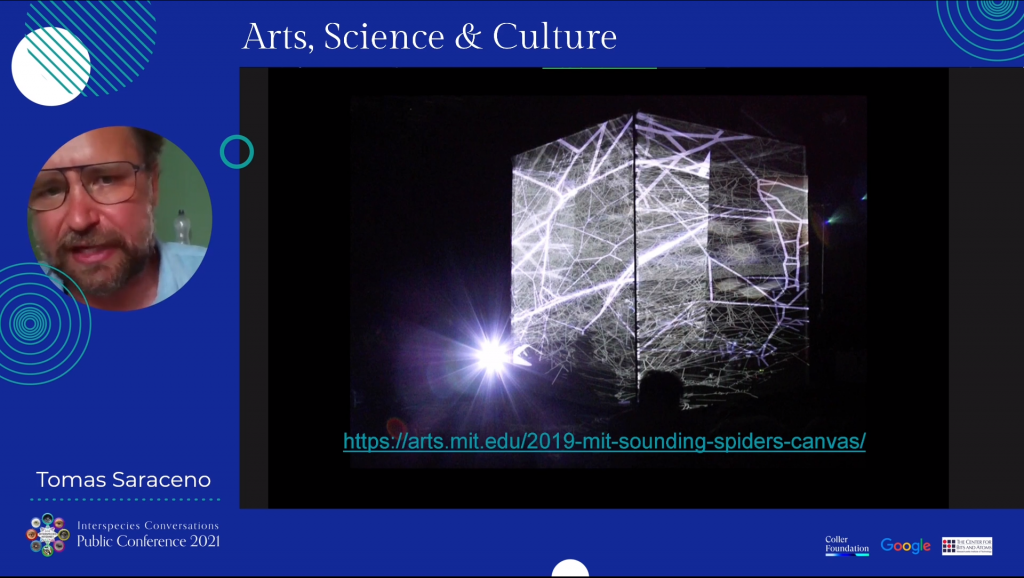






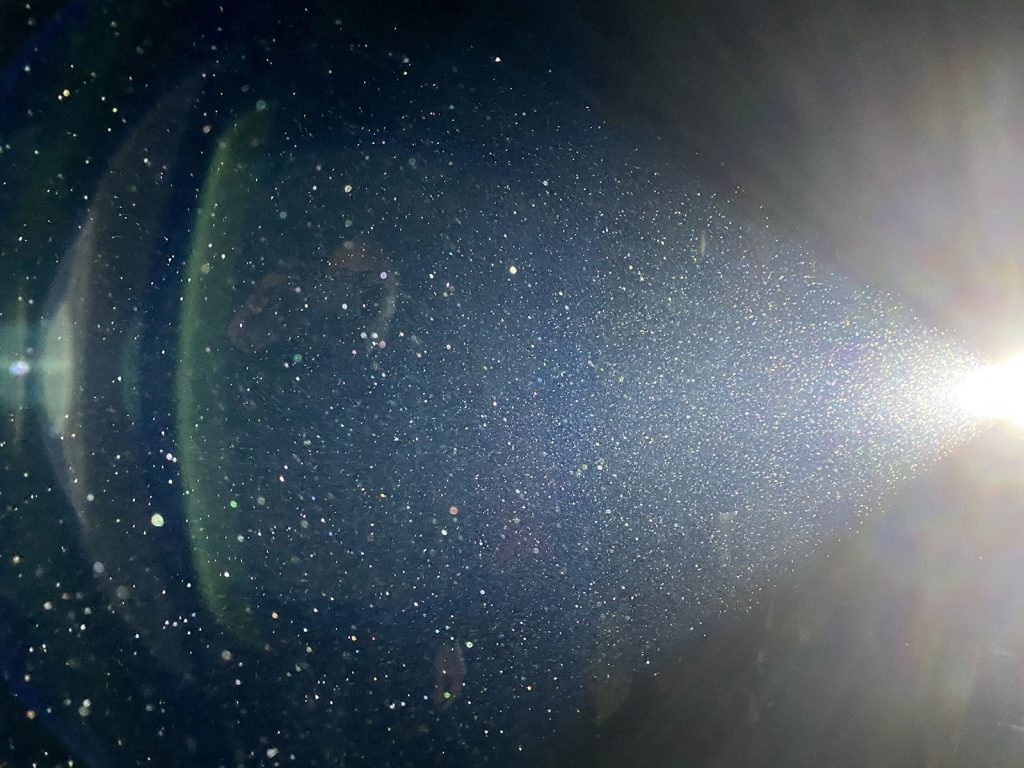


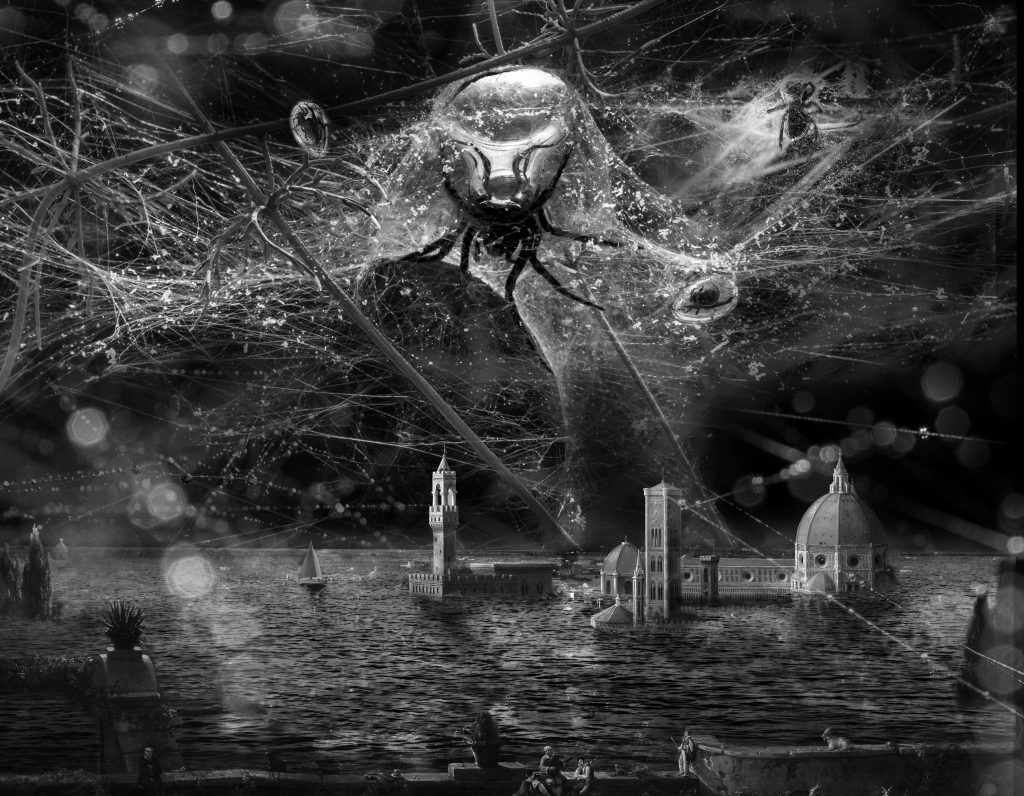
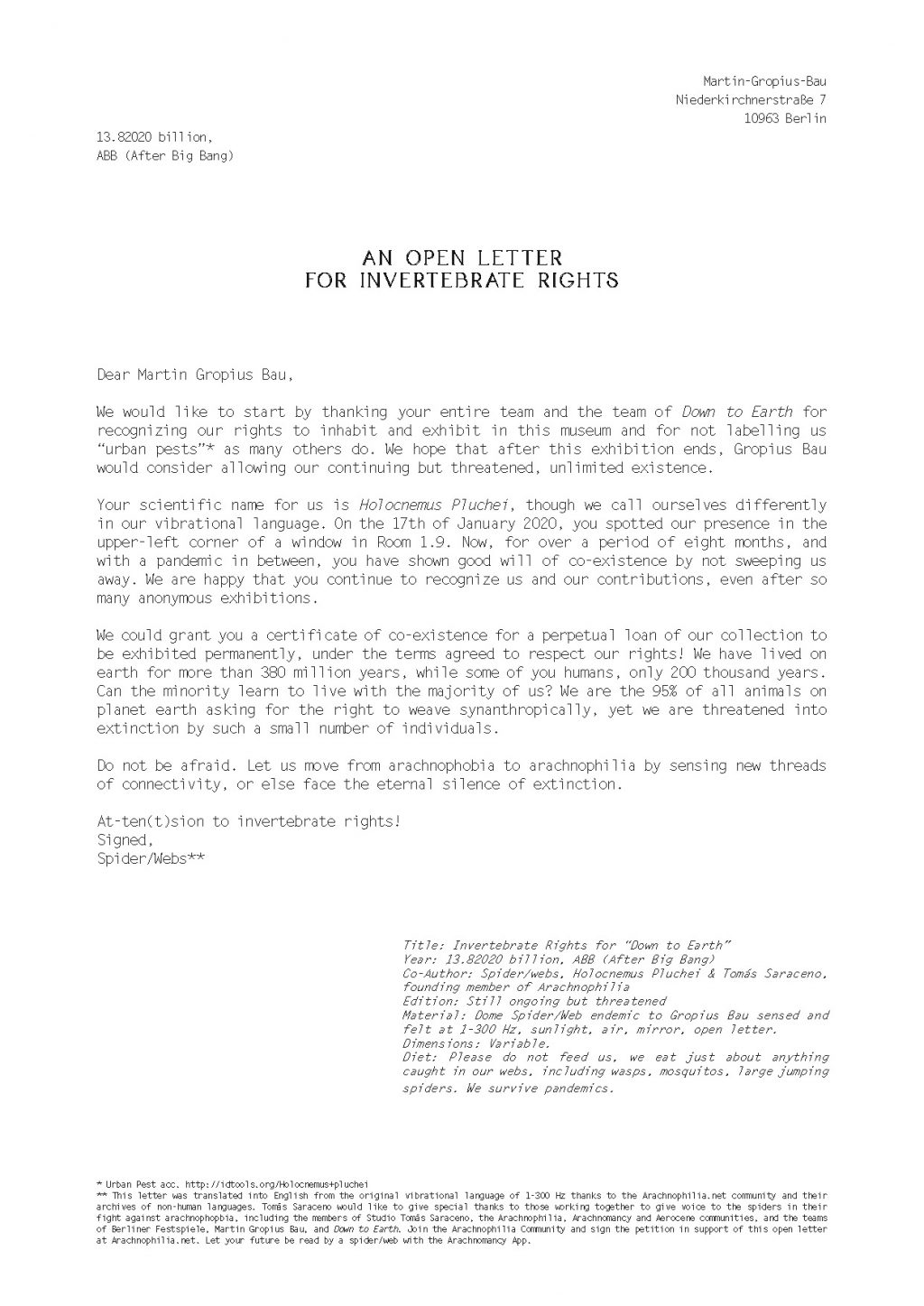
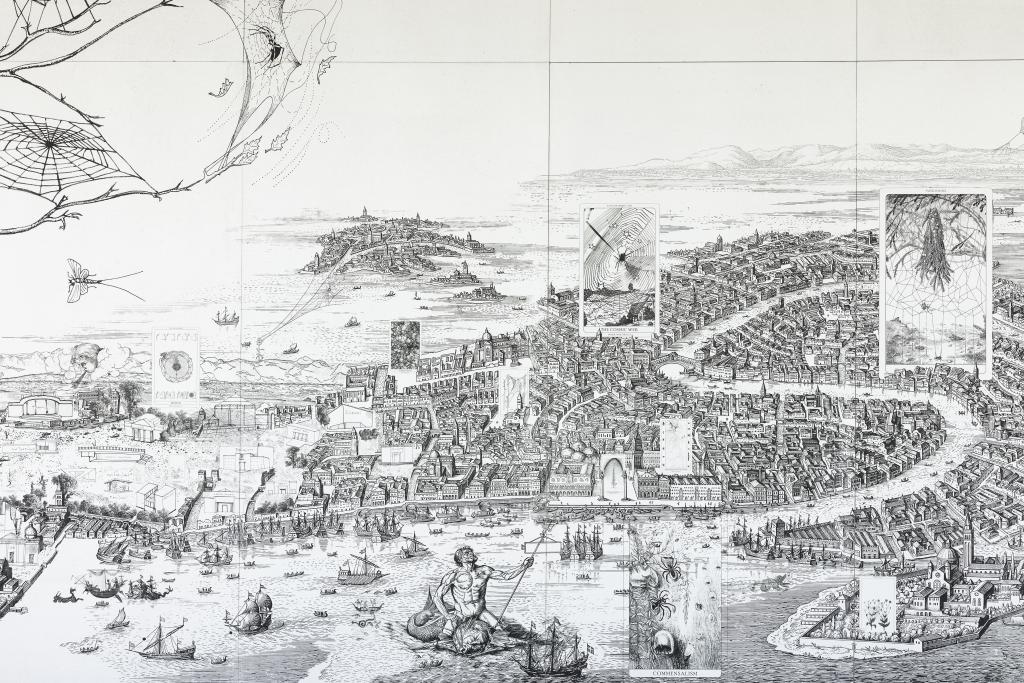
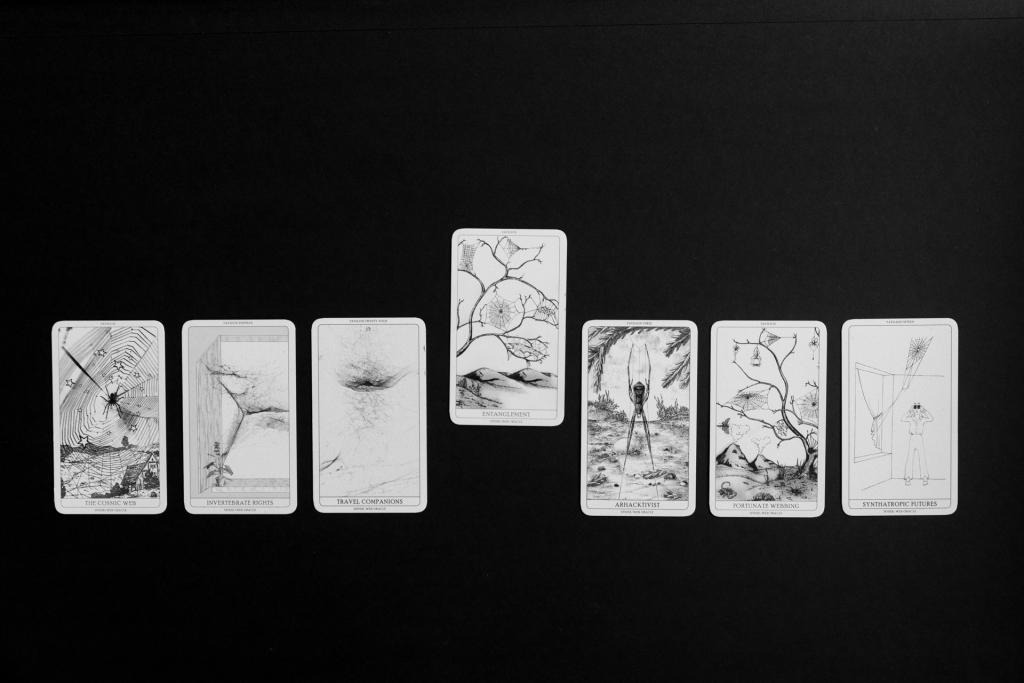


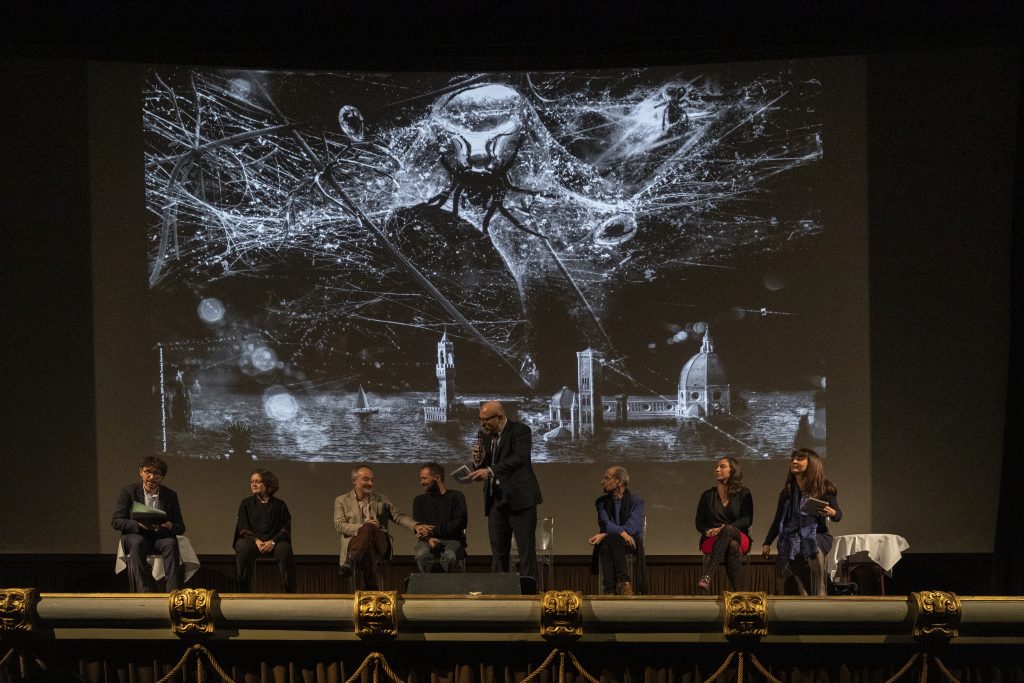



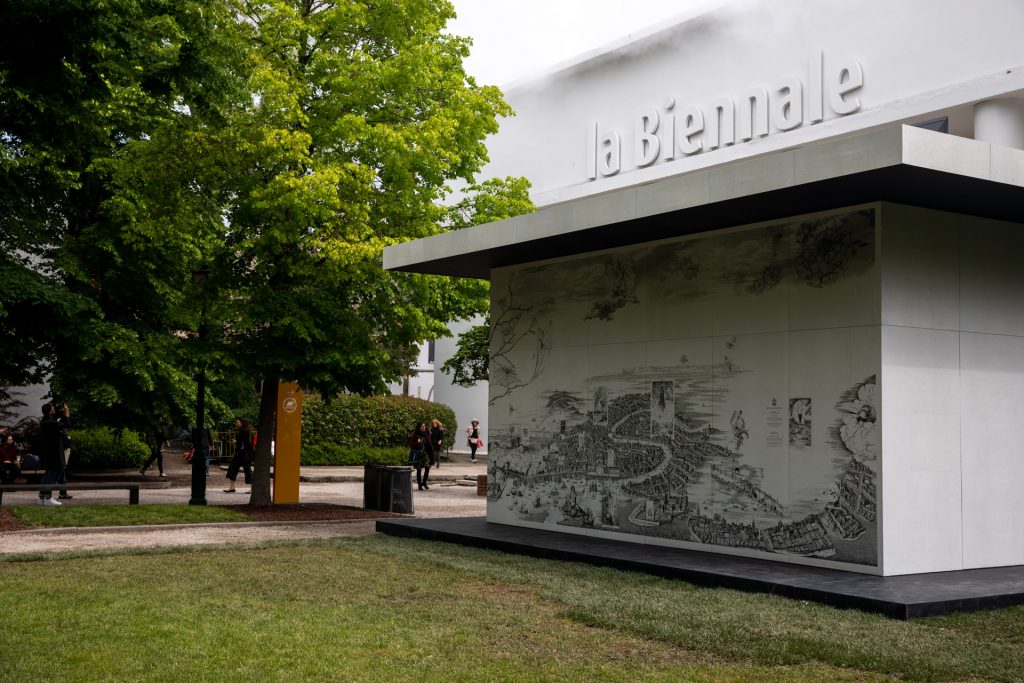
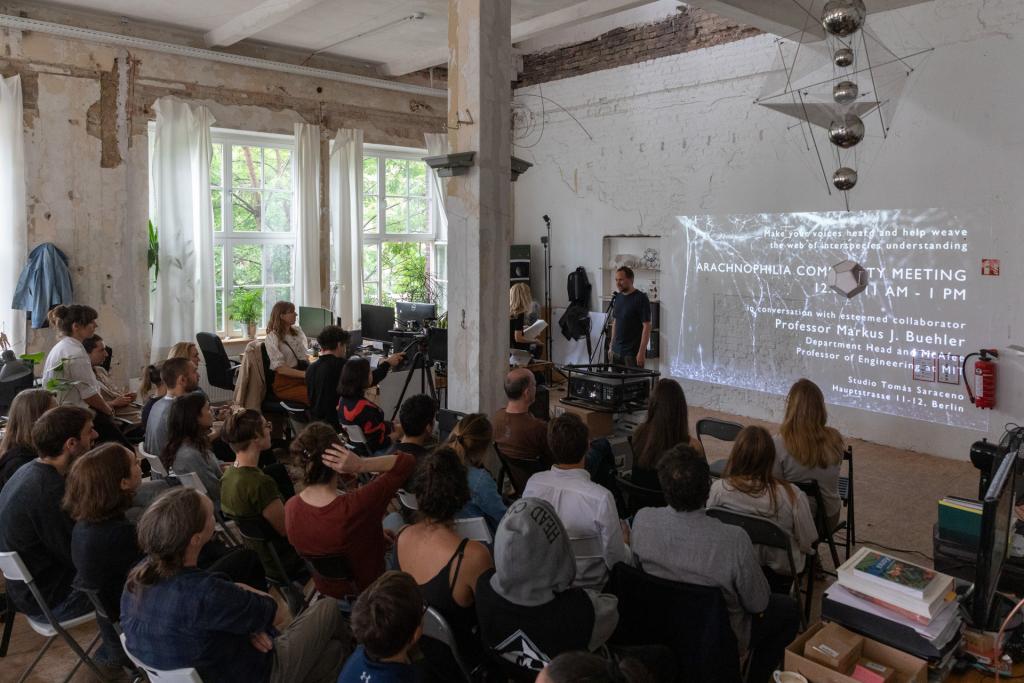

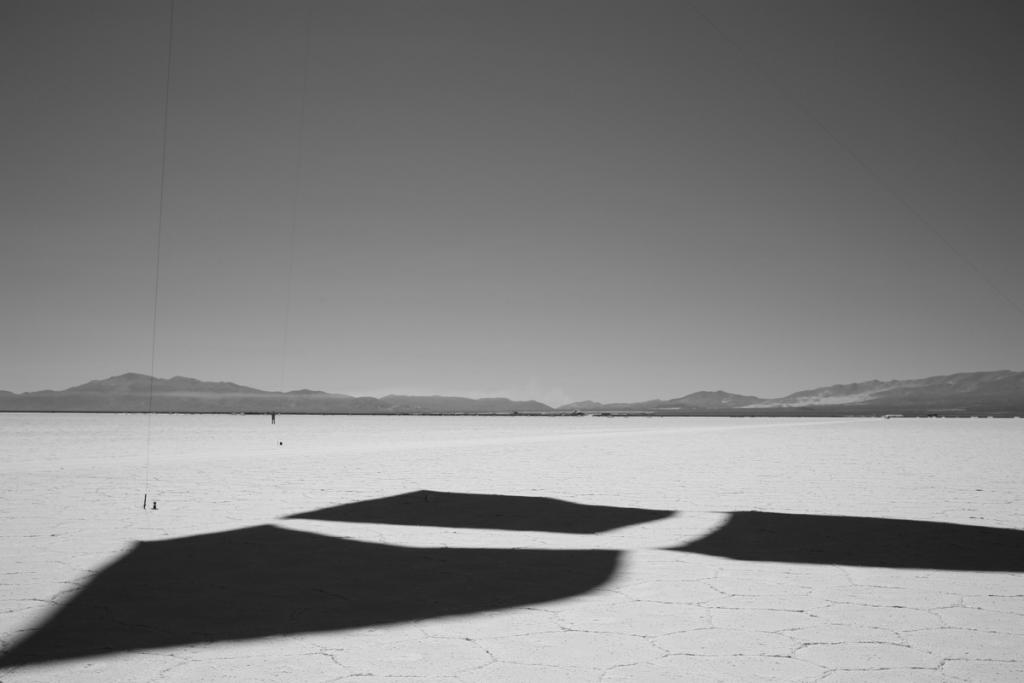
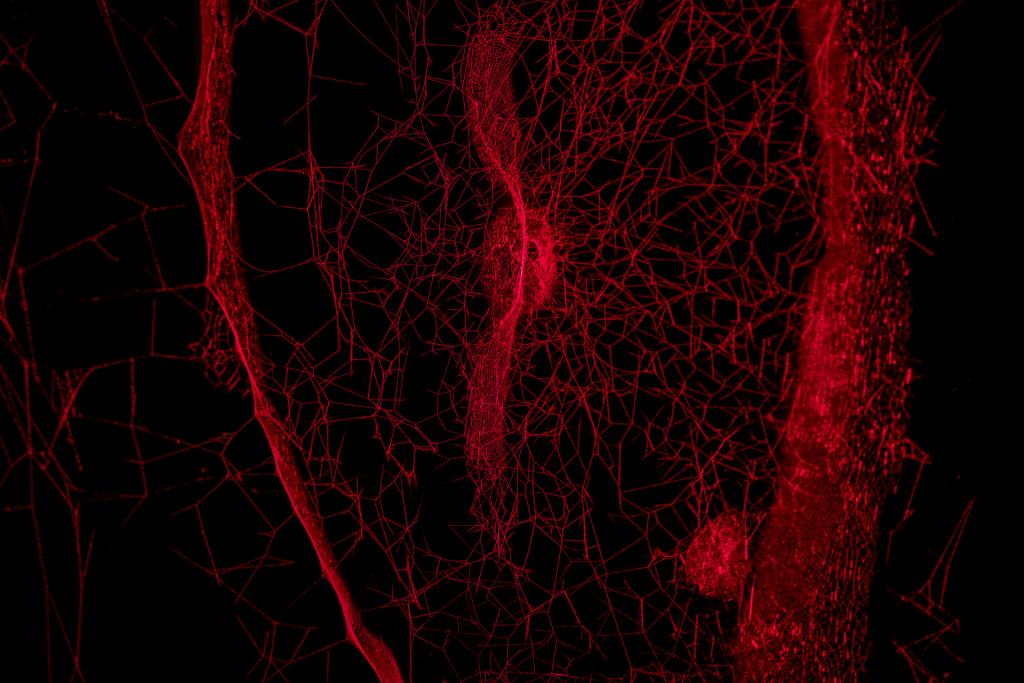
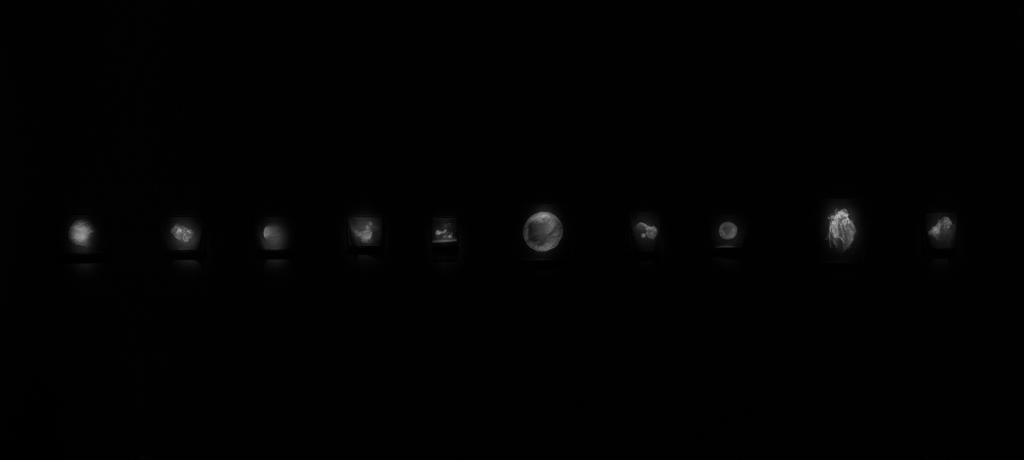
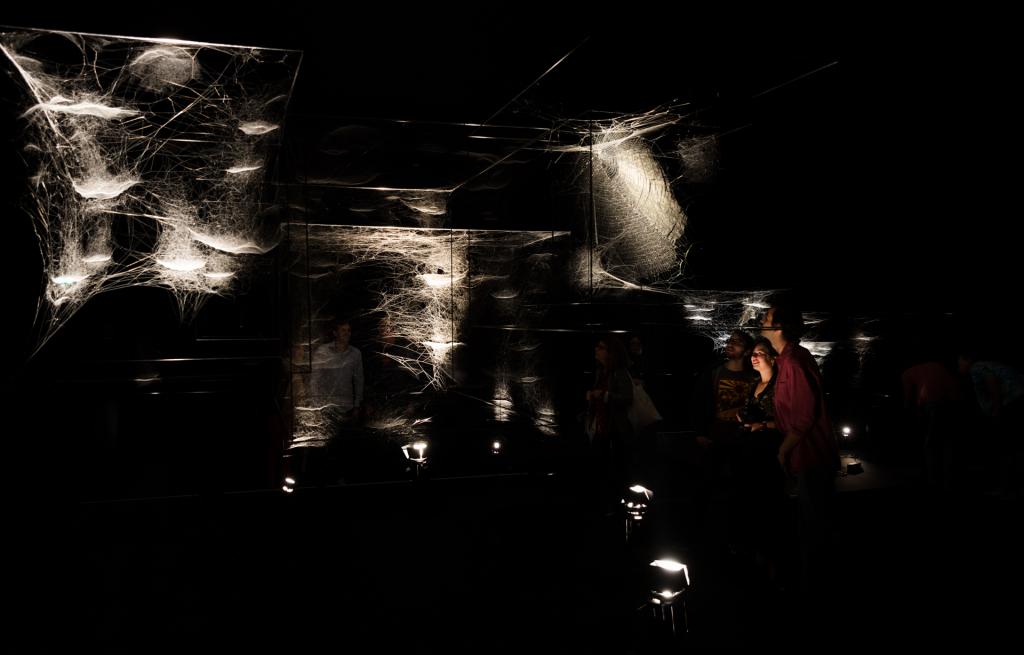

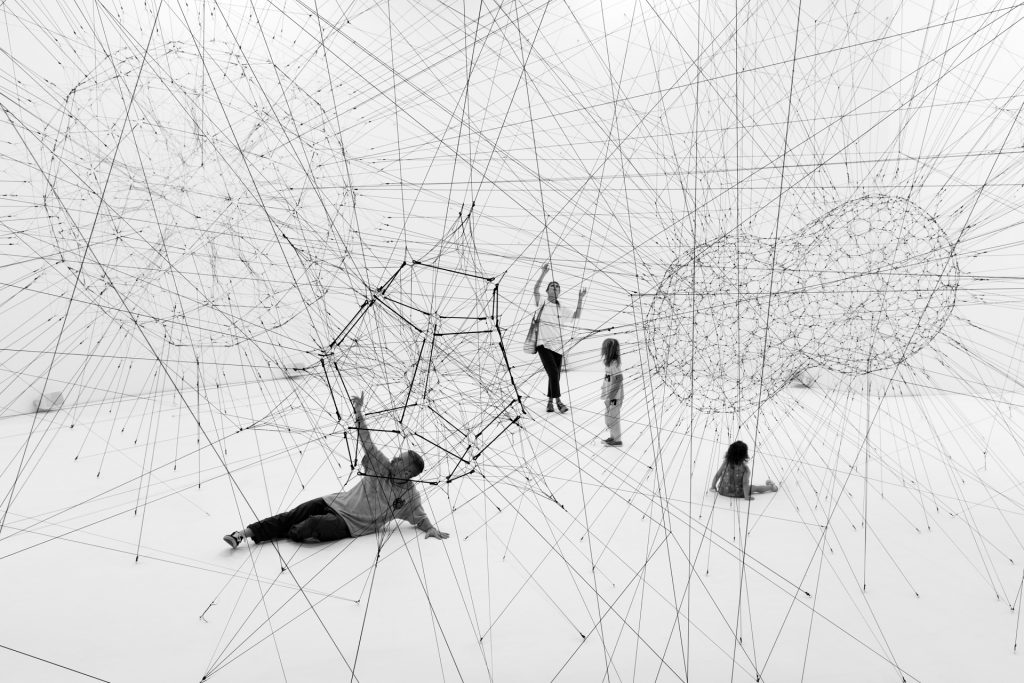
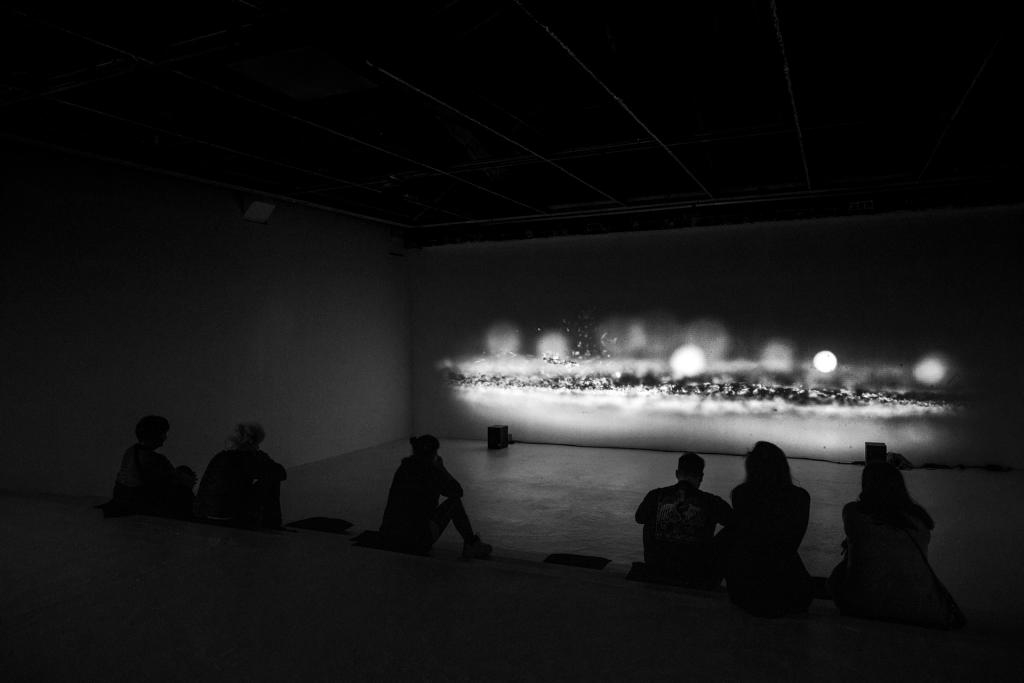
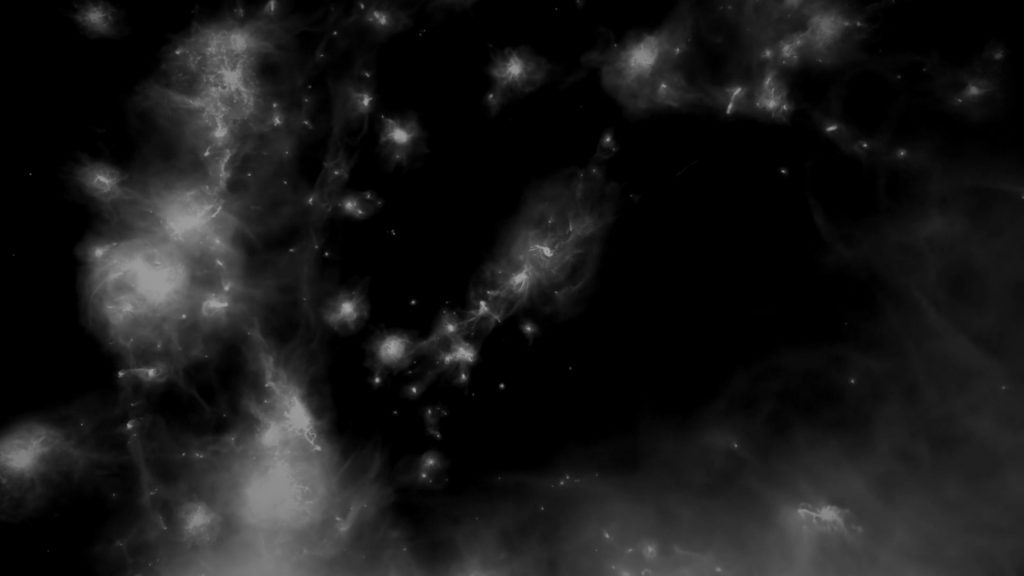


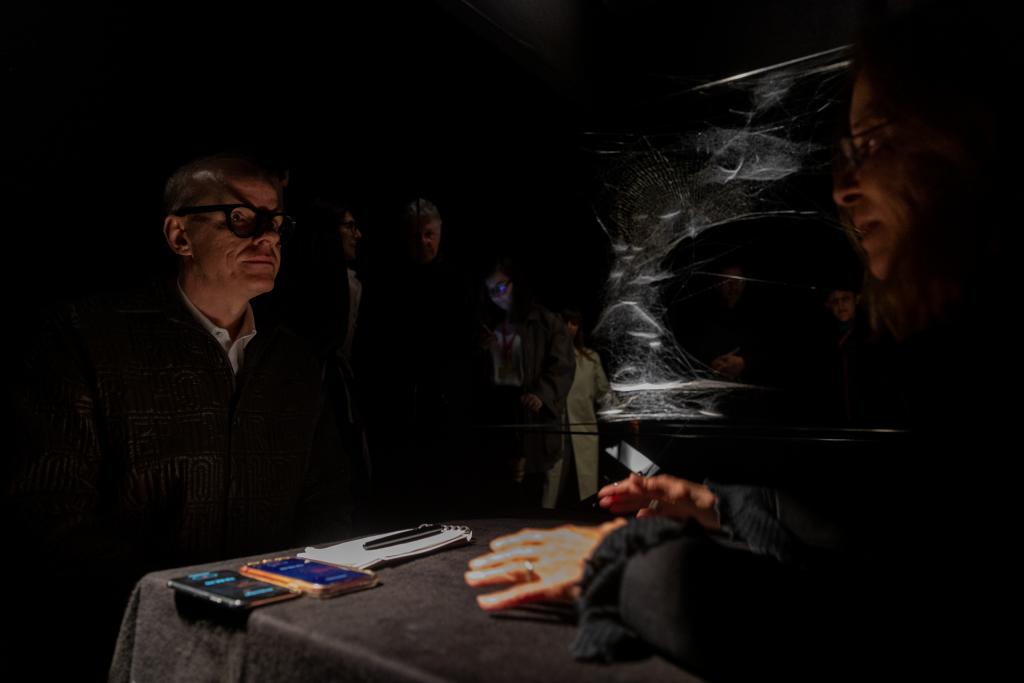


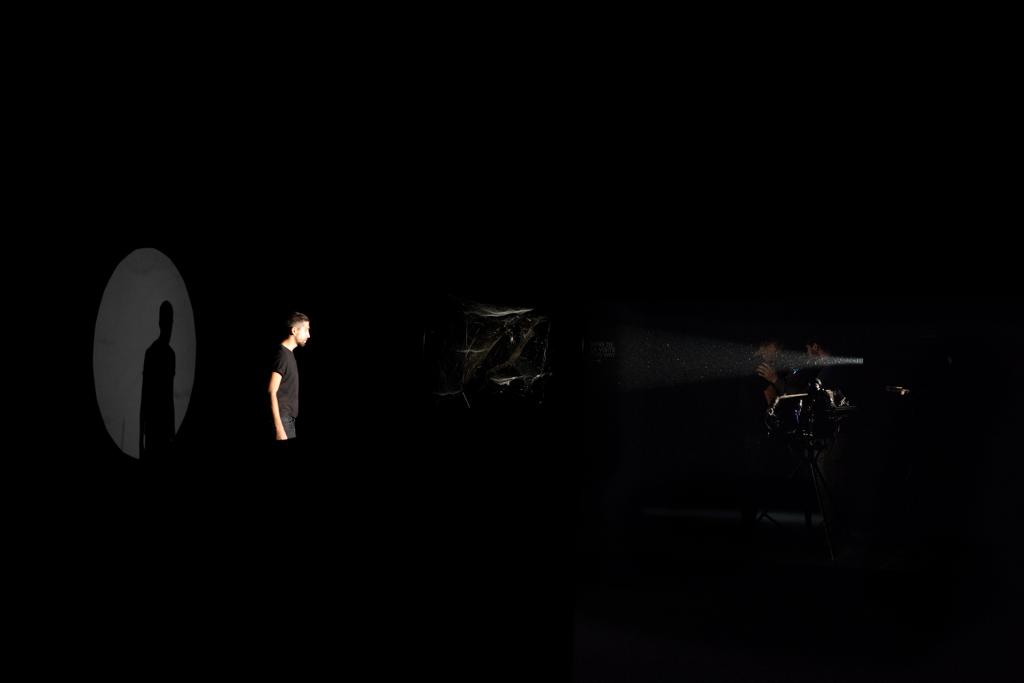




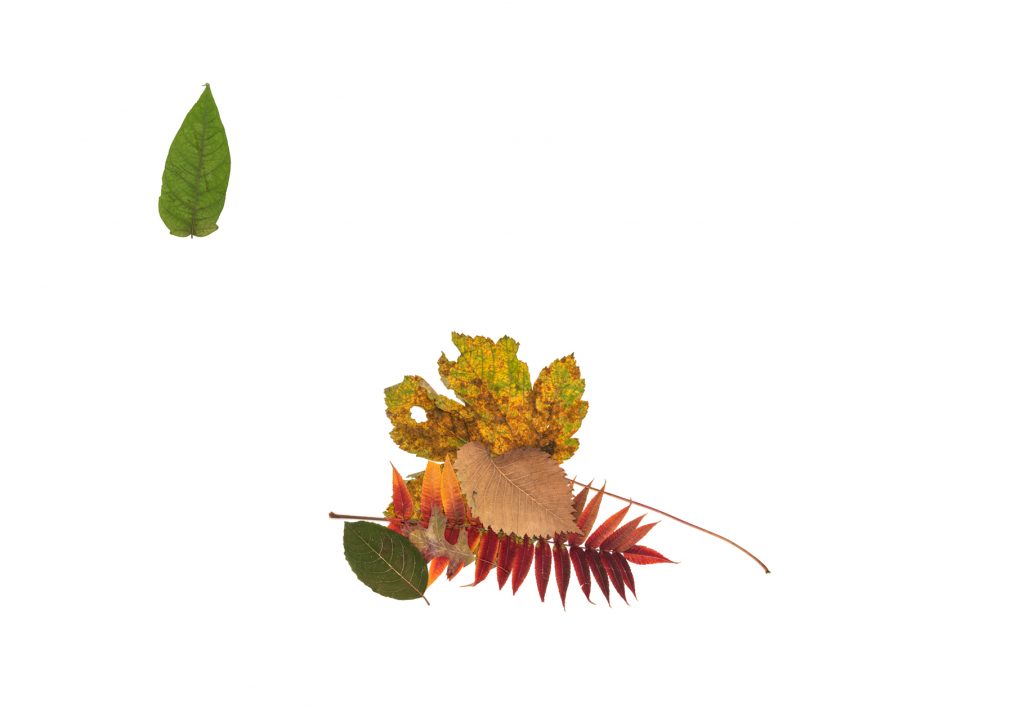



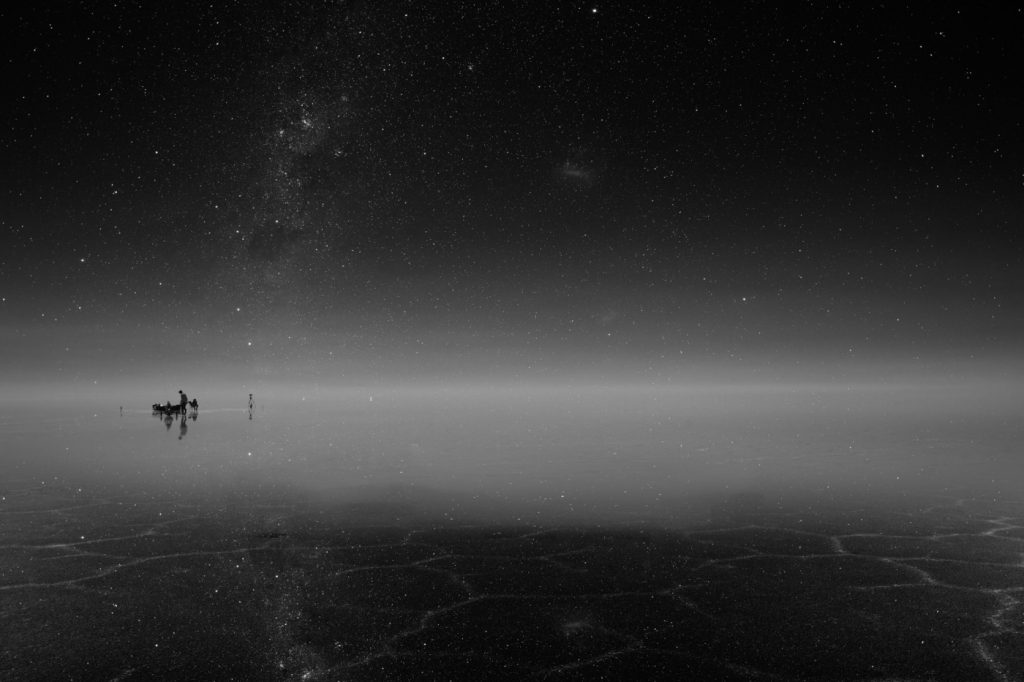
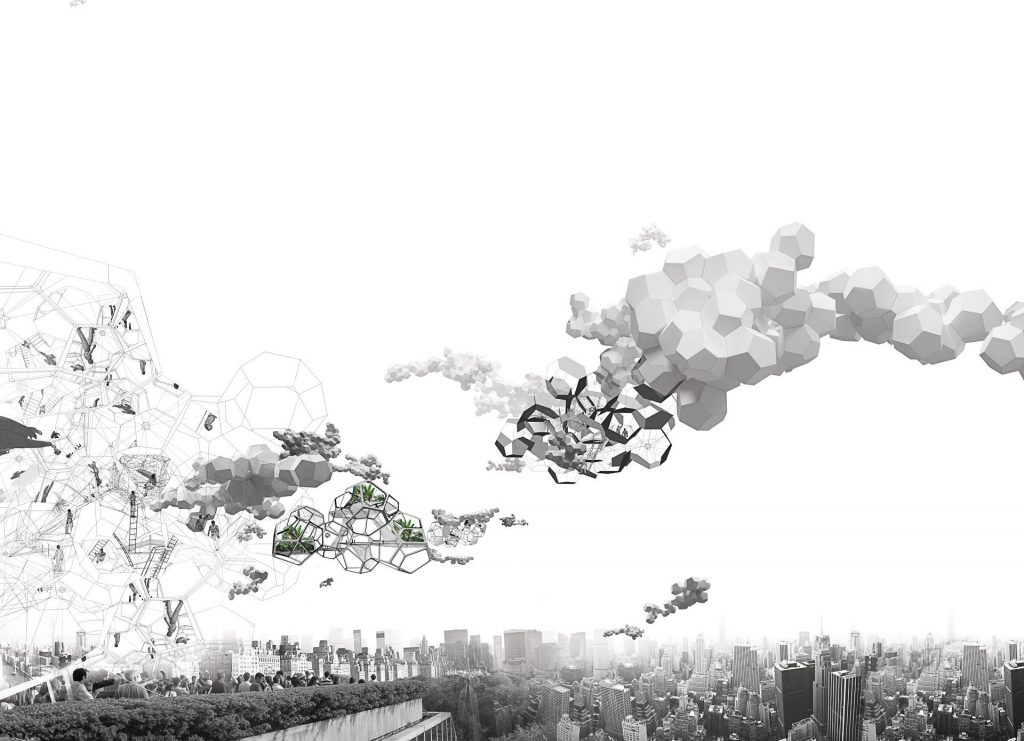
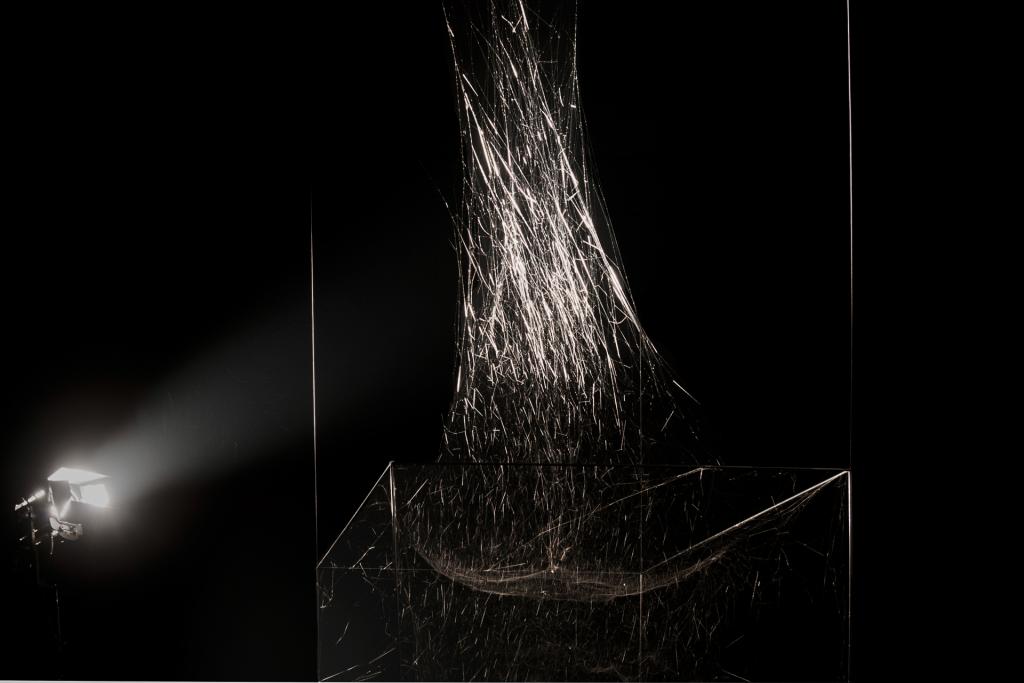



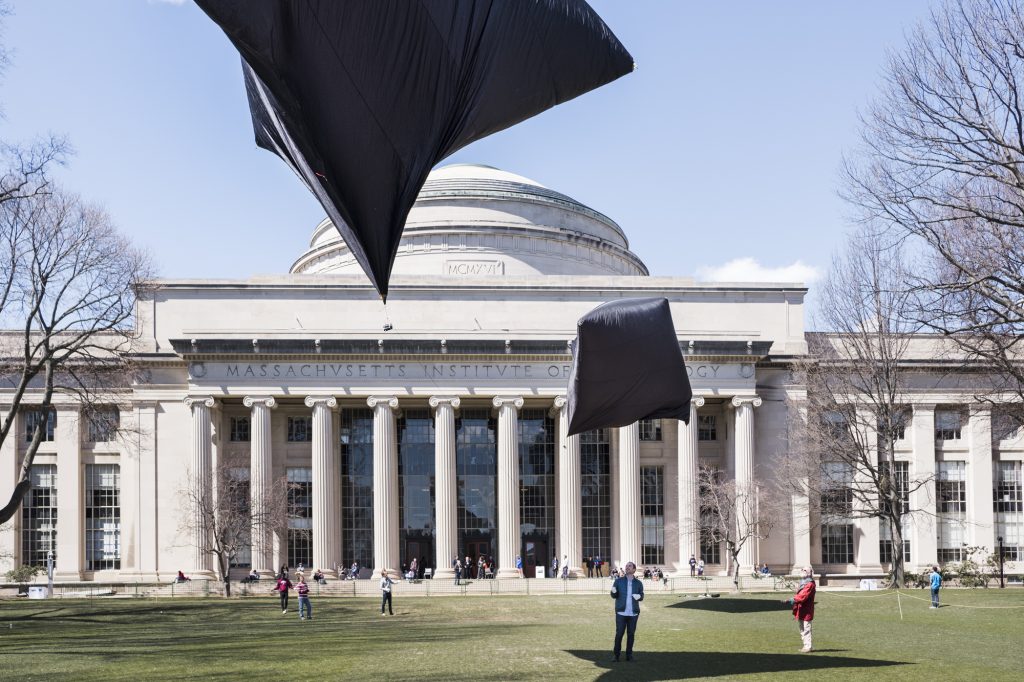




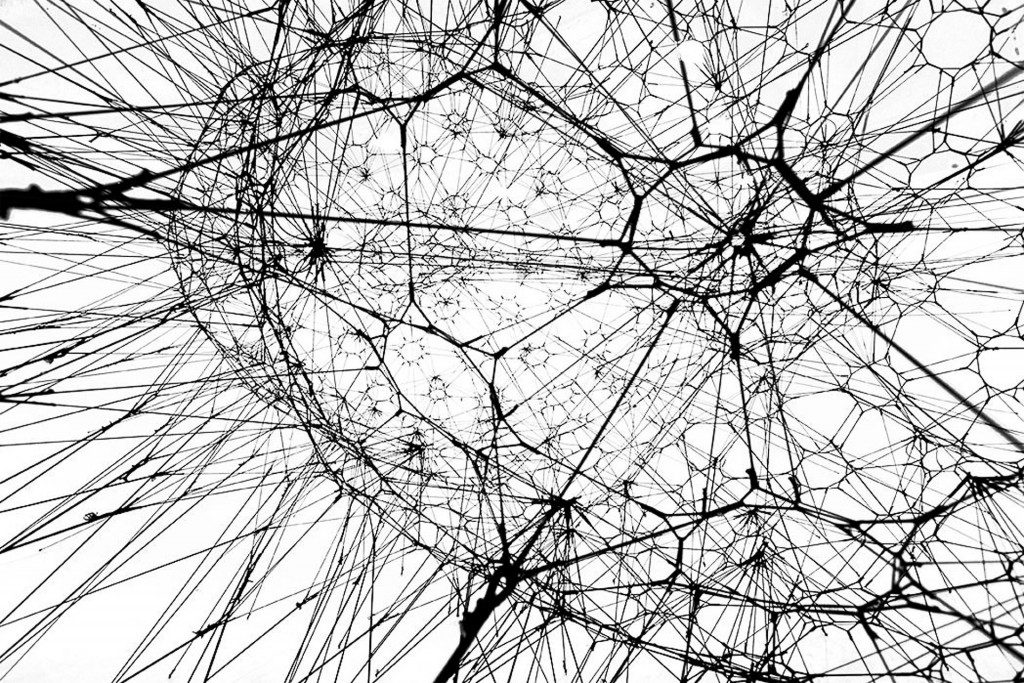



What could be the fourth metabolic regime for the population and who is taking part in the Anthropocene? What would be the new set of values necessary to overcome the extracting economy of the fossil fuel regime? How could breathing feel in a post fossil fuel economy?
Responding to the consequences of the Anthropocene, A Thermodynamic Imaginary at MAAT calls for a renewed relation with elemental energies. Air is life-giving and belongs to all; departing from colonization in servitude to financial flows and exploitative processes, aerosolarity, as embodied in the ensemble of sculptures, seeks a reimagination of energetic and material interrelationships. The installation embodies a new interplanetary ecology of practice which could reconnect with elemental sources of energy and strata coming from the sun and other planets, breaking the boundaries of the sublunary. How can we think to move together towards an aerosolar ethos, embodying an ever more entangled relationship with the atmosphere, the air and the cosmos?
A Thermodynamic Imaginary attempts to perceive the possibility of an “Aerocene” urbanism, as well as a futuristic view of new attunements between humans, more-than-human beings and the Earth system, reaching an ethical commitment with the sun, the atmosphere, and the planet.
On the Political Influence of the Sun
During the period of modernity we got accustomed to the understanding of human beings as determined by the social milieu in which they live, as knots in the informational networks, as organisms depending on their environment.
In the times of globalisation we learned that we are dependent on everything that happens around the globe – politically, economically, ecologically. But the Earth is not isolated in Cosmos. It depends on the processes that take place in the cosmic space – on black matter, waves and particles, star explosions and galactic collapses. And the fate of mankind also depends on these cosmic processes because all these cosmic waves and particles go through the human bodies. The positioning of the Earth in the cosmic whole determines the conditions under which the living organisms can survive on its surface.
This dependence of mankind on the cosmic events that are uncontrollable and even unknown is the source of the specifically modern anxiety. One can say: Cosmic anxiety. The anxiety of being a part of Cosmos – and not able to control it. Not accidentally, our contemporary mass culture is so much obsessed with the visions of asteroids coming from the black cosmic space and destroying the Earth. But this anxiety has also more subtle forms. As an example, one can cite the theory of the ‘accursed share” that was developed by Georges Bataille (1). According to this theory, the Sun always sends more energy to the Earth than the Earth, including the organisms living on its surface, can absorb. After all the efforts to use this energy for production of goods and raising the living standard of the population, there also remains a non-absorbed, non-used rest of the solar energy. This rest of energy is necessarily destructive – it can be spent only through violence and war. Or, at least, through ecstatic festivals and sexual orgies that channel and absorb the rest of this energy through the less dangerous activities. Thus, human culture and politics become also determined by the cosmic energies – forever shifting between order and disorder.
Now, Bataille’s solar myth reminds one strongly of the interpretation of the world history as defined by the activity of the Sun – interpretation that was formulated by Russian historian and biologist Alexander Chizhevsky in the 1920s and 1930s. During this period of time Chizhevsky’s ideas spread also to the West, especially to France and the USA, and some of his texts were published in French and English – so that his ideas could reach Bataille (2). However, the main text written by Chizhevsky in which his theory is extensively formulated and proved by empirical data was published only relatively recently in Russian (3). Chizhevsky collected huge amounts of empirical data – from Roman and early Chinese sources up to the 1930 s – to show the close correlation between the periods of the higher activity of the Sun, and mass revolutionary movements. It is, of course, the Russian revolution in 1917 that gave decisive impulse to his research. Chizhevsky asks: why under similar social, economic and political constellations, masses become mobilized and revolutionized, but in other cases they remain passive and indifferent. The answer that Chizhevsky offers is this: to be able to start a revolutionary movement the human beings should be mobilized, not only on the level of the spirit, but also on the level of the body. The human spirit can be mobilized through an ideology but, according to Chizhevsky the degree of mobilization of the human body, like of all the organisms living on the Earth, is dependent on the cycles of solar activity. Chizhevsky collected an incredible amount of astronomical and historical data to show the correlation between activity of the Sun, and activity of revolutionary movements. As he shows, the greatest revolutions coincided with the greatest activity of the Sun. And, the historical process is characterized by a succession of active and passive periods corresponding to the 11 years cycles of solar activity (the highest degree of activity follows the 22 years cycle). But, it seems to me that for our time, the most interesting part of his results concern the relationship between activity of the Sun, and English parliamentary elections. These results show that the influence of the Sun dictates not only the choice between revolution and status quo, but also between leftwing and rightwing politics in the framework of regular parliamentary processes. Thus, Chizhevsky shows that for the period between 1830 and 1924, the summary activity of Sun during the rule of liberal governments was 155,6% higher than during the rule of conservative governments. The conservative governments never had power when the number of sunspots was over 93. The moments of change in the solar activity are almost precisely correlated to the changes of the English governments.
At the end of his text, Chizhevsky suggests that the knowledge of the correlation between activity of the Sun and political activity of the masses, can prepare the political classes to the seemingly unexpected changes of the public mood. During the financial crisis in the year 2009, some specialist remembered the so-called Kondratiev waves – Nicolai Kondrtaieff, a student of Chizhevsky, applied his theory on the economic cycles and predicted all of them including the 2009 crisis. On the political level, one is reminded of the years 1968, 1989 and, again, 2010-11. Here it is interesting to mention that the present time is the time of the weakest solar activity since the 20th century – the period of political indifference and passivity of the masses. However, the political effects of the bigger numbers of sunspots are often ambiguous. Chizhevsky specifically warns that the growth of solar activity can lead, not only to the adoption of progressive agenda by the masses, but also to the rise of irrational and reactionary populist movements_
References
(1) Georges Bataille, Accursed Share: An Essay on General Economy, vol. 1 (Zone Books, 1988).
(2) For example: A. L. Chizhevsky, les Épidémies et les perturbations electromagnettiques (Paris: Hippocrate, 1938).
(3) A. L. Chizhevsky, Zemlya v ob’yat’yakh solntsa, “The Earth in the Embrace of the Sun” in Chizhevsky, Kosmicheskiy pul’s zhizni (Moskva, 1995).
(4) See: Vincent Barnett, Kondratiev and the Dynamics of Economic Development (London: Macmillan, 1998).
Thermodynamic Imaginaries
Researchers in industrial and social ecology refer to ‘socio-metabolic regimes’ to define the epochal shifts in energetic relationships between humans and their environment, establishing a strict correlation between it a and specific sets of social values (1).
They also argued that two of the main kind of metabolic regimes have been solar based, the ones of hunter-gatherer societies and agrarian societies (2). Despite the existence of societies that still rely on such relationships with the sun— together with all the other species that populate the earth- these are threatened by the domination of the current metabolic regime, the one based on fossil fuels and which marks the anthropocene. However, this is coming to an end because of the disappearance of the very same energy supplies and environmental costs connected to the use of fossil fuels, making it urgent to rethink how we can coexist with the planet and its resources. What could be the fourth metabolic regime for the population and who is taking part in the anthropocene? What would be the new set of values necessary to overcome the extracting economy of fossil fuel regime? What would the stratigraphy of futures look like?
It might it be through a rearticulation of our relationship with the sun and the cosmos, opening up the boundaries of the earth to enter an interplanetary-cene. Living beings inhabit at the threshold of the cosmic scale of energy, breathing interplanetary dust intermixed with black carbon, revealing the liminality of this interface. While enterprises to colonize other planets are put in place, this very same interface between us and the sun, the atmosphere, continues to be compromised: carbon emissions fill the air, invisible radio waves develop in a hegemonic algorithm of dominance, particulate matter floats inside our lungs. How could breathing feel in a post fossil fuel economy? What is the air that the planet needs in order to thrive?

The “Passarola”, an airship developed in Portugal by priest Bartolomeu Lourenço de Gusmão in 1709, to rise and move in the air.
Source: Bibliothèque nationale de France and Wikipedia Commons.
Air has been colonized by drones, satellites and military devices and strictly regulated by national policies and laws. Financial flows transit without any difficulty, air is used as a medium that allows the computational media sphere to operate and instill market logics and desires. Governance has extended to the air, in the same way as on the ground, without considering the freeing possibilities of the atmosphere. But, life-giving elements belong to everyone and not only to humans. We can imagine a new infrastructure, which challenges and redefines an international right to mobility, reversing the extractive approach humans have developed toward the planet and re-examining freedom of movement between countries. A new interplanetary ecology of practice which could reconnect with elemental sources of energy and strata coming from the sun and other planets, breaking the boundaries of the sublunary. We can now think to move together towards an aerosolar ethos, embodying an ever more entangled relationship with the atmosphere, the air and the cosmos.
This would take a thermodynamic leap of imagination, a more-than-human alliance, a commitment to a fourth metabolic regime. We could call this Aerocene.
Aerocene asks how to de-colonize the earth and beyond, and connect to a world that needs a change of atmospheres, weaving a renewed relation with the Sun’s cosmos_
References
(1) Morris, Ian, 2015. Foragers, Farmers, and Fossil Fuels: How Human Values Evolve. Princeton University Press.
(2) Szerszynski, Bronislaw, 2015. UP, Aerocene Newspaper.
Excerpt from Um Imaginário Termodinâmico / A Thermodynanamic Imaginary, published with Tomás Saraceno’s exhibition at MAAT – Museum of Art, Architecture and Technology, Oval Gallery, 20 March – 27 August 2018. Texts by Pedro Gadanho, Boris Groys, Rita Marques, Studio Tomás Saraceno/Aerocene Foundation. Design by Nonverbal Club. Published by EDP Foundation, Lisbon, 2018.
...